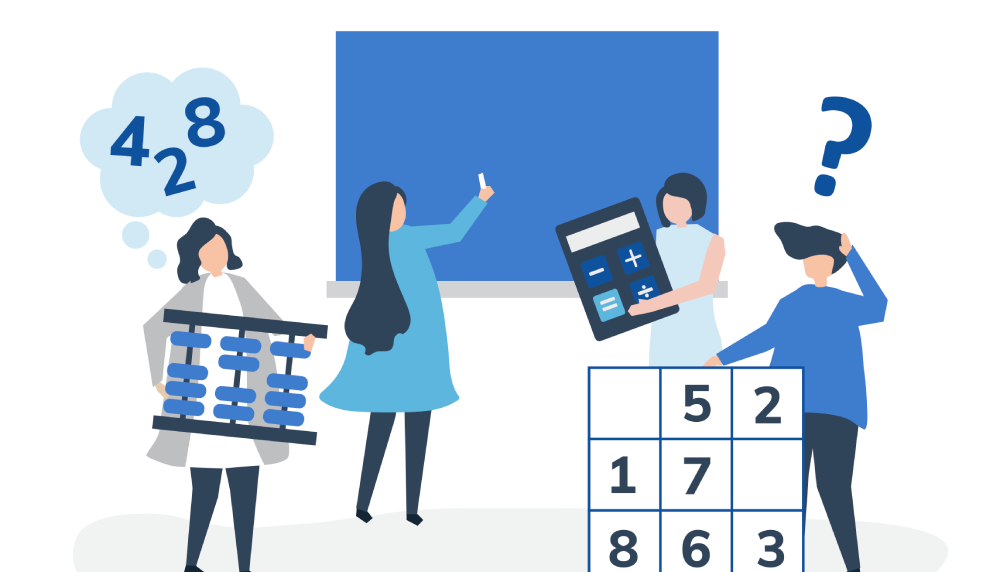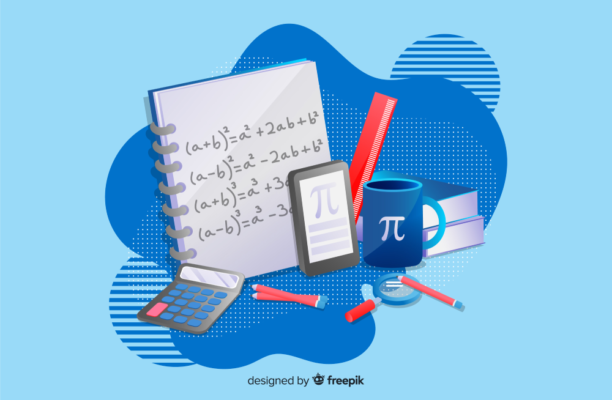Mathematics can be a challenging subject for many students, and tutoring plays a crucial role in helping them overcome obstacles and develop a strong foundation in math. However, traditional tutoring methods can sometimes be dull and fail to ignite students’ enthusiasm for the subject. This article aims to explore creative strategies for making math tutoring sessions engaging and enjoyable. By incorporating gamification, real-world applications, visual learning techniques, hands-on manipulatives, technology integration, personalized learning approaches, and collaboration, tutors can create dynamic and interactive learning experiences that foster a love for math.
Gamification in Math Tutoring
Gamification involves incorporating elements of games and play into educational settings. In math tutoring, gamification can be achieved through interactive activities, challenges, and rewards. Tutors can explore various math games, puzzles, and online resources that make learning fun and engaging. They can utilize educational apps, board games, or online platforms that provide opportunities for students to reinforce math concepts through gameplay.
Real-World Applications of Math
Making math relevant to real life is essential in engaging students. Tutors can demonstrate the practical applications of math in everyday situations, such as budgeting, cooking, or measuring distances. By showing students how math is used in real-world contexts, tutors can enhance their understanding and motivation to learn. They can provide examples and scenarios where math skills are essential and encourage students to apply math concepts to solve problems encountered in daily life.
Visual Learning Techniques=
Visual aids play a significant role in enhancing understanding and retention of mathematical concepts. Tutors can utilize diagrams, charts, graphs, and illustrations to visualize abstract math concepts. They can employ interactive whiteboards, digital tools, or physical manipulatives to create visual representations that enable students to explore and comprehend mathematical ideas. Visual learning techniques make math more accessible and engaging, especially for visual learners.
Hands-On Manipulatives
Hands-on manipulatives provide a tangible and interactive learning experience for students. Tutors can use physical objects like blocks, counters, or geometric shapes to help students develop a deeper understanding of mathematical concepts. Manipulatives allow students to manipulate and explore mathematical ideas concretely, facilitating comprehension and problem-solving skills. Activities involving hands-on manipulatives promote engagement, creativity, and critical thinking.
Technology Integration in Math Tutoring
Integrating technology tools and resources can greatly enhance math tutoring sessions. Tutors can leverage educational apps, online simulations, and virtual manipulatives to create interactive and immersive learning experiences. They can incorporate multimedia elements like videos, animations, and virtual tours to visualize complex math concepts. Tutors must strike a balance between utilizing technology and ensuring meaningful integration that supports learning objectives.
Personalized Learning Approaches
Recognizing the diverse learning styles and preferences of students is crucial for effective tutoring. Tutors can tailor their instruction to meet individual student needs, differentiating their approach based on skill levels and learning paces. They can implement strategies for individual goal-setting, progress monitoring, and providing timely feedback. Personalized learning approaches empower students and create a supportive environment that encourages active participation and engagement.
Collaboration and Peer Learning
Collaborative activities and peer learning can foster engagement and create a positive learning community. Tutors can design group projects, problem-solving challenges, and cooperative learning activities that require students to work together. Peer tutoring can also be encouraged, where students take turns explaining concepts to each other. Collaboration promotes teamwork, communication, and critical thinking skills, making math tutoring sessions dynamic and interactive.
By implementing these creative strategies, math tutors can transform tutoring sessions into engaging and enjoyable experiences for students. Gamification, real-world applications, visual learning, hands-on manipulatives, technology integration, personalized learning approaches, and collaboration all contribute to fostering a love for math and enhancing learning outcomes. Math tutoring doesn’t have to be limited to dry lectures and repetitive exercises; it can be an exciting journey that instills a lifelong appreciation for the subject. With the right mix of creativity, innovation, and student-centered approaches, math can truly be made fun in tutoring sessions.


Leave your comment
You must be logged in to post a comment.